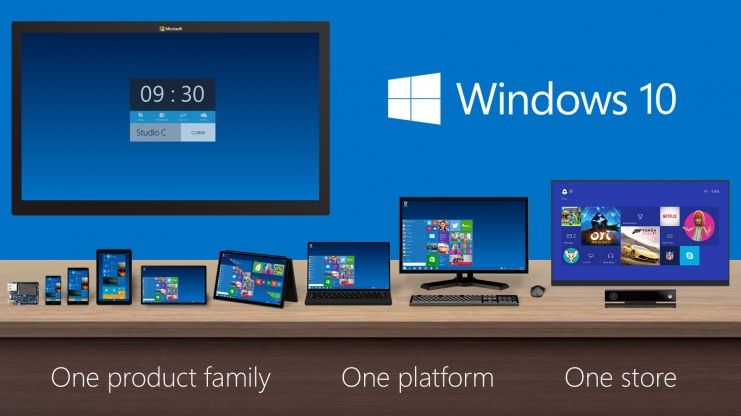
Windows 10 Photos For Mac
Apple iPhoto is strictly running on Mac. If you're using a PC, download the best iPhoto for Windows 10 alternative to browse and manager your photos.
To import photos from your camera or smartphone into your computer, follow these steps: • Plug the phone or camera’s cable into your computer. Most cameras come with two cables: one that plugs into your TV set for viewing, and another that plugs into your computer. You need to find the one that plugs into your computer for transferring photos. (With smart phones, your USB charging cable handles the job.) Plug the transfer cable’s small end into your camera or smartphone, and plug the larger end (shown here) into your computer’s USB port, a rectangular-looking hole about 1/2-inch long and 1/4-inch high.
USB ports live on the back of the older computers, along the front of newer computers, and along the sides of laptops and tablets. If the USB plug doesn’t want to fit into the port, turn over the plug and try again. (It fits only one way.) • Turn on your phone or camera (if it’s not already turned on) and wait for File Explorer to recognize it. Download wineskin winery for mac os x. Open File Explorer from the taskbar along the bottom of your screen and click the This PC icon from the program’s left edge. File Explorer lists all of the storage devices available to your PC, including your camera or phone.
When recognized, your camera appears as an icon (shown in the margin) in File Explorer’s This PC section. If you plug in an Android smartphone, be sure to tell it to connect in “Camera Mode” mode rather than “Media Device” mode.
Playing Blu-ray movies on Mac is not as easy as on a Windows PC, because there is no Blu-ray playing software developed for Mac like the Cyberlink PowerDVD designed for Windows. As we all know, Blu-ray discs storage movie files in the form of M2TS streams, and VLC Media Player for Mac is able to play such a kind of file type, that is to say, to play Blu-ray movies with VLC Media Player for Mac, you just need remove copy protections embedded in the commercial BD movies. In the popup, click on “Disk” and check “Blu-Ray” option then click on Play button. Now your Blu-ray movie will start playing in VLC. Play Blu-Ray Movies with VLC on Mac Above steps are how to use VLC to play Blu-ray movies on Windows. Now we are going to tell you about playing Blu-ray movies on Mac devices. Actually, VLC doesn't offer direct support for Blu-ray disc, but the 2.0 and later version of VLC Media Player support Blu-ray media playback with some extra operations. So, it is possible to get VLC to play Blu-ray disc on computer. Vlc player for mac 10.3.9.

Your phone appears as an icon (shown here). If Windows doesn’t recognize your camera, make sure that the camera is set to display mode — the mode where you can see your photos on the camera’s display. If you still have problems, unplug the cable from your computer, wait a few seconds, and then plug it back in.
• Right-click your camera or phone, choose Import Pictures and Videos from the pop-up menu, and choose how to import your photos. The Import Pictures and Videos window, shown in the following figure, offers two options for handling your newly recognized digital camera or smartphone. The Import Pictures and Videos window offers to copy your camera’s files to your computer. • Review, Organize, and Group Items to Import: Designed for cameras holding photos from several sessions, this option lets you sort your photos into groups, copying each group to a different folder. It takes more time, but it’s a handy way to separate your Hawaiian vacation photos into folders named after each island. If you prefer this option, move to Step 5.
• Import All New Items Now: Designed for cameras holding only one photo session, this much simpler approach copies every photo into one folder. If you choose this option, move to Step 4. Clicking the words More Options, shown in the bottom left of the figure, lets you change where Windows places your imported photos, as well as whether Windows should delete them from the camera after importing them.